How Alexandre Arnault is shaking things up at Tiffany & Co
One year into LVMH’s takeover of the 185-year-old American jewellery company, Alexandre Arnault is shaking things up.
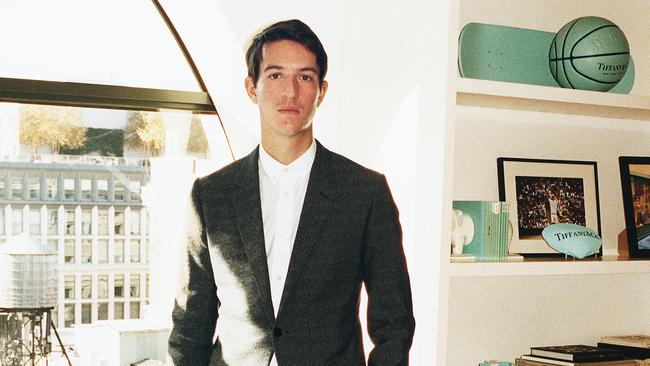
In February last year, just one month after Alexandre Arnault began his new role as executive vice-president of product and communications at Tiffany & Co, he went to Beyoncé and Shawn (aka Jay-Z) Carter’s house in Bel-Air, Los Angeles. Over dinner prepared by the Carters’ private chef, the young Arnault pitched them his ideas for the 185-year-old American jewellery company, then recently acquired by his father Bernard Arnault’s luxury conglomerate, LVMH Moët Hennessy Louis Vuitton, in a $15.8bn deal.
Even though Arnault, 29, is friendly with the couple, and LVMH announced its 50 per cent stake in Jay-Z’s champagne brand, Armand de Brignac, the same month as the dinner, he still knew that getting them involved with Tiffany’s first big campaign was a reach. Like the New Yorker he now is, he uses a basketball metaphor to describe the meeting: “The hoop is so far, and you feel like you’re never going to put it in, but for some reason it goes in.”
Arnault came prepared with a clincher. He remembers: “I had a Steve Jobs moment where I was like, ‘One more thing’ ” – a Jobs aphorism that concluded many of the late executive’s Apple keynotes. At the end of the dinner, Arnault pulled out a high-res printout of Jean-Michel Basquiat’s 1982 painting, Equals Pi. He had just acquired the painting, with its background in an uncanny shade of Tiffany-like aqua, on behalf of the company. (There’s no confirming evidence that Basquiat, who died in 1988, intended the colour as a homage, and some fans and friends of the artist decried the implication.)
Arnault told the duo he wanted the painting to be part of the advertising; they were intrigued. “I do things based on relationships,” wrote Jay-Z in an email. “Alex and I have developed a great relationship and friendship over the years. Our partnership with Armand de Brignac is great, so I was definitely interested.”
That conversation would result in Tiffany’s “About Love” campaign, which was revealed in August. Beyoncé, wearing the 128-carat yellow Tiffany Diamond, appears in the ads as a contemporary Audrey Hepburn alongside Jay-Z – and that painting. In the accompanying films, the couple are playful and intimate. They eat pizza. She sings Moon River. It’s Breakfast at Tiffany’s for the TikTok generation.
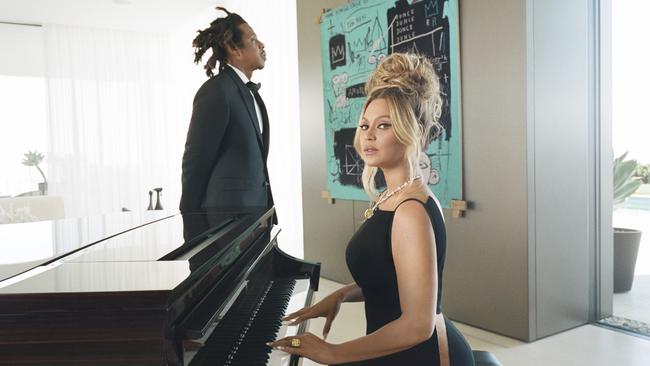
Although the campaign was first discussed during an anxious, Covid-riddled winter, Arnault bet that by the time it came out there would be hope in the air again and the ads would make people want to fall in love. The timing of a pandemic love story synched up with Arnault’s personal life. He married designer Géraldine Guyot last year, first in a civil ceremony in Paris in June and then in a Venice extravaganza in October, attended by the Carters, Pharrell Williams, Roger Federer and Kanye West, who also performed.
Between his wedding, a new job, a move to New York and his family’s acquisition of one of the most storied American luxury brands – the largest takeover ever in the luxury business sector – it was a pretty big year for the second-oldest son of 72-year-old French tycoon Bernard Arnault.
Moving quickly and breaking things, as the start-up cliche goes, is in his nature. In the context of his private and hardworking family, Alexandre is a disrupter. He’s the technology-obsessed futurist who counts Snap’s Evan Spiegel and Twitter co-founder Jack Dorsey as confidants. Which is not to say he’s brash – in interviews he comes across as self-possessed and disciplined.
While he was still a computer engineering student, Arnault was methodically groomed for the family business, going on official LVMH trips to China, Japan, Korea, the Middle East, the US and Singapore. Pietro Beccari, the chairman and CEO of Christian Dior Couture, remembers him from these trips as very tall and very shy. Beccari said: “He was there to learn and observe as much as possible.” Later, in 2014, Arnault shadowed Beccari, then the CEO of Fendi, at the brand’s Rome headquarters.
During his time as CEO of German luggage brand Rimowa, which was founded in 1898 and acquired by LVMH in 2017, the company grew exponentially, according to LVMH (the group does not release performance for individual brands).
And, crucially, Arnault helped make the heritage brand hip. Its packaging now bears a resemblance to that of Apple products, with streamlined white labels and boxes. Arnault spearheaded collaborations including Supreme logo-emblazoned luggage and a clear case created by designer Virgil Abloh for Off-White.
That 2018 suitcase was a nod to issues of privacy and surveillance. It wasn’t just a suitcase – it was a comment on contemporary society. And to cement its place in pop culture, Rihanna carried it.
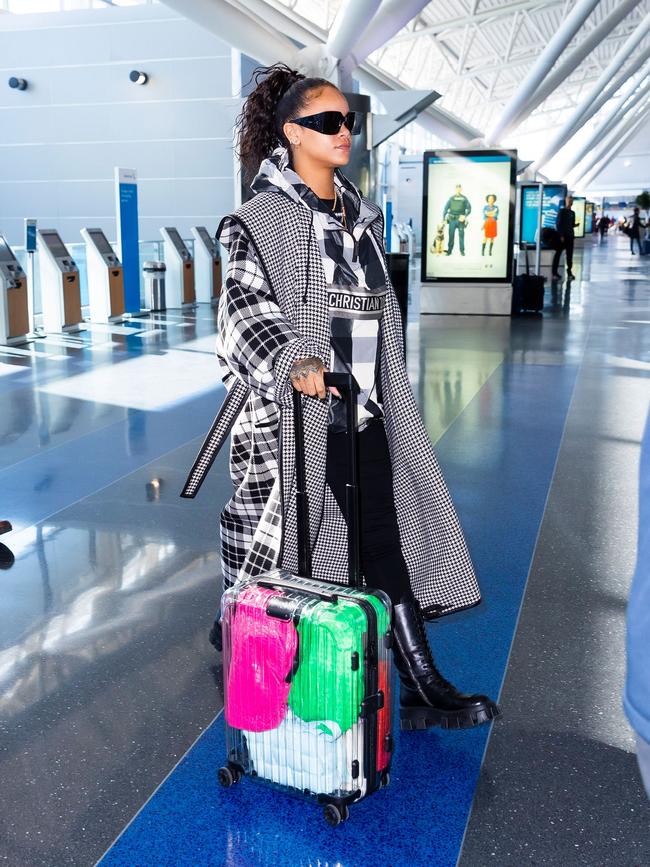
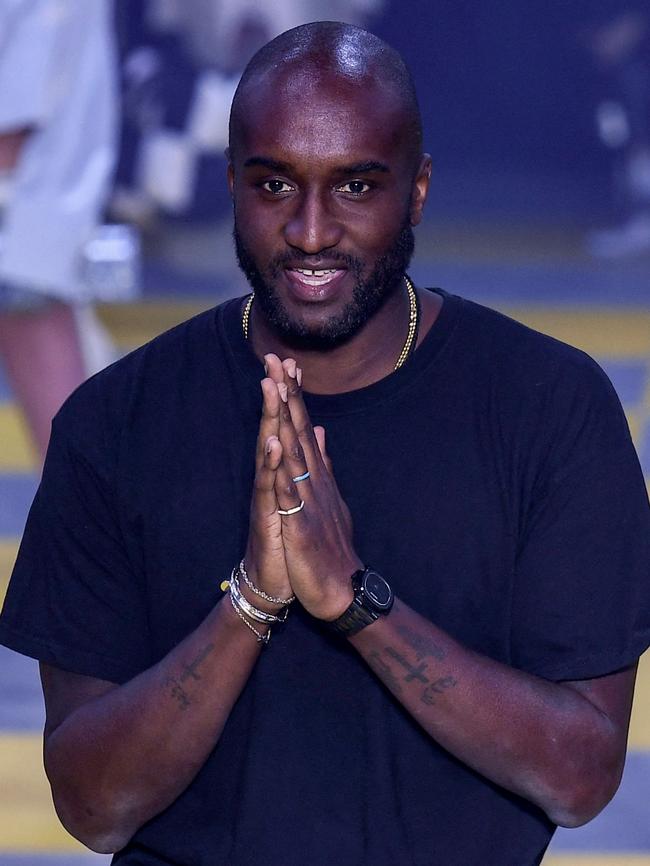
Now Arnault brings that contemporary approach to Tiffany, a company whose wide range of products includes entry-level sterling pieces such as the small $275 Elsa Peretti heart necklace beloved by generations of teens; extensive engagement ring offerings; home collections; and fine jewellery that goes well into the millions.
Anthony Ledru, Tiffany’s CEO, who has also worked at jewellery companies Cartier and Harry Winston, says: “Alexandre brings a huge influx of modernity (to the group) … You have to engage with new fans, and that’s what he brings in a big way.”
All of Bernard Arnault’s five children are in the family business, which reported about $50.5bn in revenue in the first nine months of last year, from businesses including the fashion houses and spirits it’s most known for – Louis Vuitton, Dior, Dom Pérignon, Hennessy, to name a few – as well as less glamorous enterprises such as Starboard Cruise Services and Le Parisien newspaper.
Alexandre’s half-sister Delphine, 46, is executive vice-president at Louis Vuitton; half-brother Antoine, 44, is CEO of Berluti and chair of Loro Piana. Brother Frédéric, 27, is chief executive of Tag Heuer, and brother Jean, 23, is director of marketing and development at Louis Vuitton Watches.
By all reports, they’re close-knit and compatible – King Lear this is not. The siblings continued their regular lunches with their father over Zoom during the pandemic, although Arnault is often eating breakfast due to the time difference. At these gatherings, they discuss common interests such as tennis and art.
And, of course, they talk business. Unlike Rimowa, which Alexandre scouted as a potential acquisition, the Tiffany & Co deal was for years in the hands of bankers and lawyers working for the group. Between the first reports of the deal in 2019 and its closing in January last year, the transaction was marked by lawsuits, countersuits, price haggling and insults.
By Arnault’s account, he was distanced from the back-and-forth, still focused on his work at Rimowa, where he remained as CEO until the end of 2020 and is still the president. Running a luggage brand during the travel standstill of a pandemic meant trying to weather the storm.
Arnault’s last day at Rimowa was Christmas Eve 2020. He moved to New York on January 6, 2021, into an apartment in SoHo with Guyot and their black Labrador, Lemon. And on January 7, Arnault took the subway uptown to his first day of work at Tiffany’s headquarters.
That first day involved “a bunch of Zoom meetings”, he remembers, as well as an introductory town hall with his new team. He was coming in somewhat blind, with just a paper org chart. He says: “Until (the deal is) actually signed, you can’t really interact with the company or do anything.”
Bernard Arnault had tapped Ledru, a longtime LVMH executive, to lead Tiffany, with Alexandre working beneath him. (Trusted LVMH executive Michael Burke is chairman of Tiffany’s board of directors.) Ledru says: “I am in an Arnault sandwich. That’s the structure.” Together, they set about getting to know the current team and hiring new talent.
Taking on a beloved American company as a European luxury conglomerate is a diplomatic challenge. Arnault bristles at the idea LVMH might somehow sully or Frenchify Tiffany. “I don’t know why people perceive us in a way where we would bring the office to Paris or something, but it’s so far from what we do … Our history has always been acquiring companies from different nationalities and staying very true to their DNA.”
Tiffany is an American brand – some of its manufacturing is in New York and Rhode Island, and it has 94 stores in the States – but it’s also very much a New York brand. In the 1950s, it became an icon of mid-century sophistication, burnished by its designer, Jean Schlumberger, another Frenchman from a wealthy family who landed in New York. It has always been a magnet for talented creatives – Elsa Peretti, Paloma Picasso, Frank Gehry – as well as a beacon of iconography, like the famous still from 1961’s Breakfast at Tiffany’sof Audrey Hepburn peering into a Fifth Avenue window. Even the Yankees logo was derived from a Tiffany’s design.
Many of LVMH’s early moves for the company were in line with that Manhattan lineage. In September, Tiffany released a limited edition of 49 eroded bronze boxes designed by New York – based artist Daniel Arsham, twists on the classic Tiffany blue box, which were sold by Tiffany with a bracelet inside for $40,000. Two months later, another limited-edition collection dropped, a collaboration with New York streetwear giant Supreme that included plays on the “return to Tiffany” dog tag. It sold out in a day.
In one year, the relentlessness of the drops has kept the fashion and business press churning. In addition to the Arsham and Supreme collaborations, and the Jay-and-Bey advertising, the brand released in December a limited-edition Patek Philippe Nautilus watch with a Tiffany-blue dial. At a Phillips auction to benefit the non-profit Nature Conservancy, the watch exploded its estimate, which was about $50,000, to sell for over $6m.
Is this steady stream of attention-grabbing methods effective, or is it too much, too soon? Robert Burke, a New York retail consultant, says: “These frequent drops are very smart. They may go over the head of the current customer, but I think that’s OK.” With a swift, decisive rebranding, Tiffany may be able to nab a new customer as well as readjust expectations of the existing client base. Burke explains: “Some people do believe that if you are quicker during these transitions, the customer evolves quicker. If it’s a slow and steady change, it’s maybe not as effective.”
Slow and steady is no longer the modus operandi at Tiffany. Arnault says that when he’s hiring, he’s looking for street smartness. To him, that’s the “ability to roll your sleeves up and get things done”. It’s not antithetical to the establishment, necessarily. He says, “All entrepreneurs throughout their fields, whether it’s my father or Mark Zuckerberg or God knows what, are street smart in a way.”
As for future projects, the brand will not confirm anything solid, but Arnault did take Tiffany-obsessed artist Tom Sachs on a tour of the brand’s Rhode Island factory. The iconic Fifth Avenue flagship is being redesigned by LVMH stalwart Peter Marino, with Equals Pi, Richard Prince’s Tiffany paintings and the Tiffany yellow diamond all given places of honour.
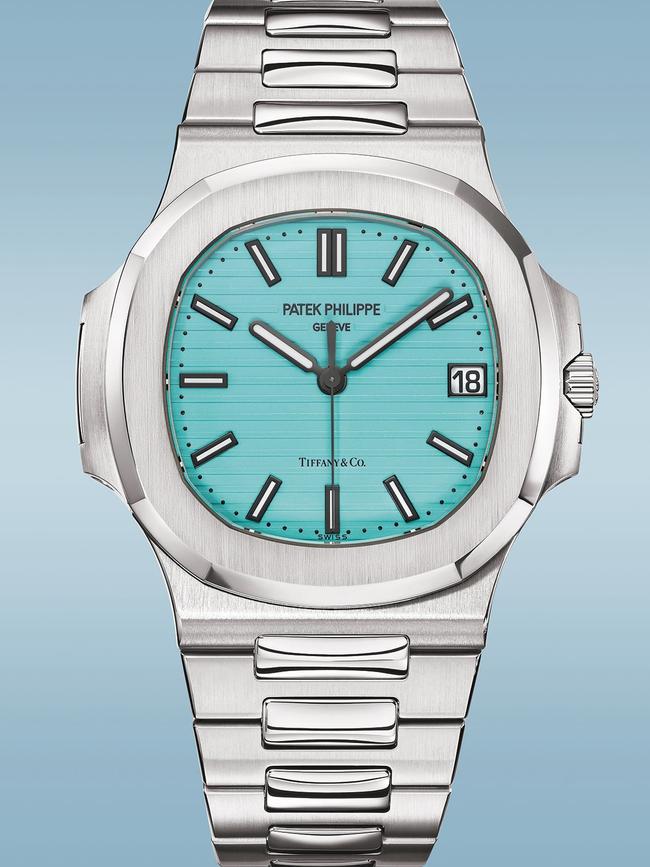
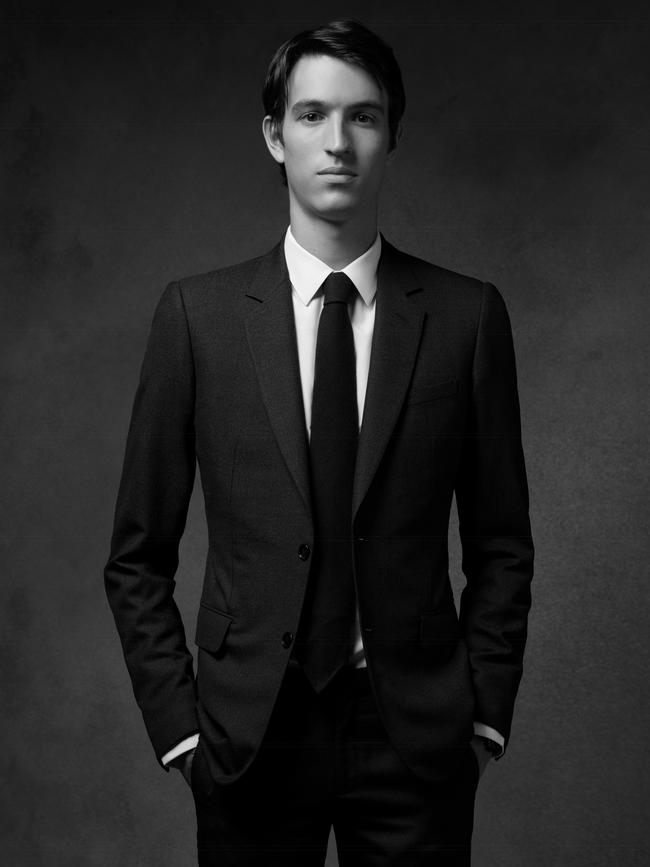
But perhaps the most poignant Tiffany collaboration is the one that will never happen. Virgil Abloh, the men’s artistic director of Louis Vuitton and a close friend of Arnault’s, died of cancer in November. Arnault remembers: “His creativity was endless, and he was constantly pushing boundaries in everything he was doing.”
They had been in very early talks to collaborate on Tiffany before he died. Arnault says: “He was interested in the wedding category, and so he played around with the idea of wedding rings. We hadn’t really sat down and started designing but we were having chats about the potential idea of doing something.”
Arnault admired Abloh’s “never-be-scared mentality”. It’s a state of mind necessary to run a marathon in a new city, as Arnault did last year. He marvelled at the difference between the Paris Marathon – when Parisians joke that it’s a time to get out of town – and the New York City Marathon, an effusive, earnest celebration. Arnault’s friends, who wore “Run, Alex, run” sweatshirts, instructed him to write his name on his shirt, which was counterintuitive for such a private person. But on that blue-skied, cool day, it felt good to be seen. He says: “When I was running I had people saying, ‘Alex! Alex!’ It was so cool.”
The Wall Street Journal
